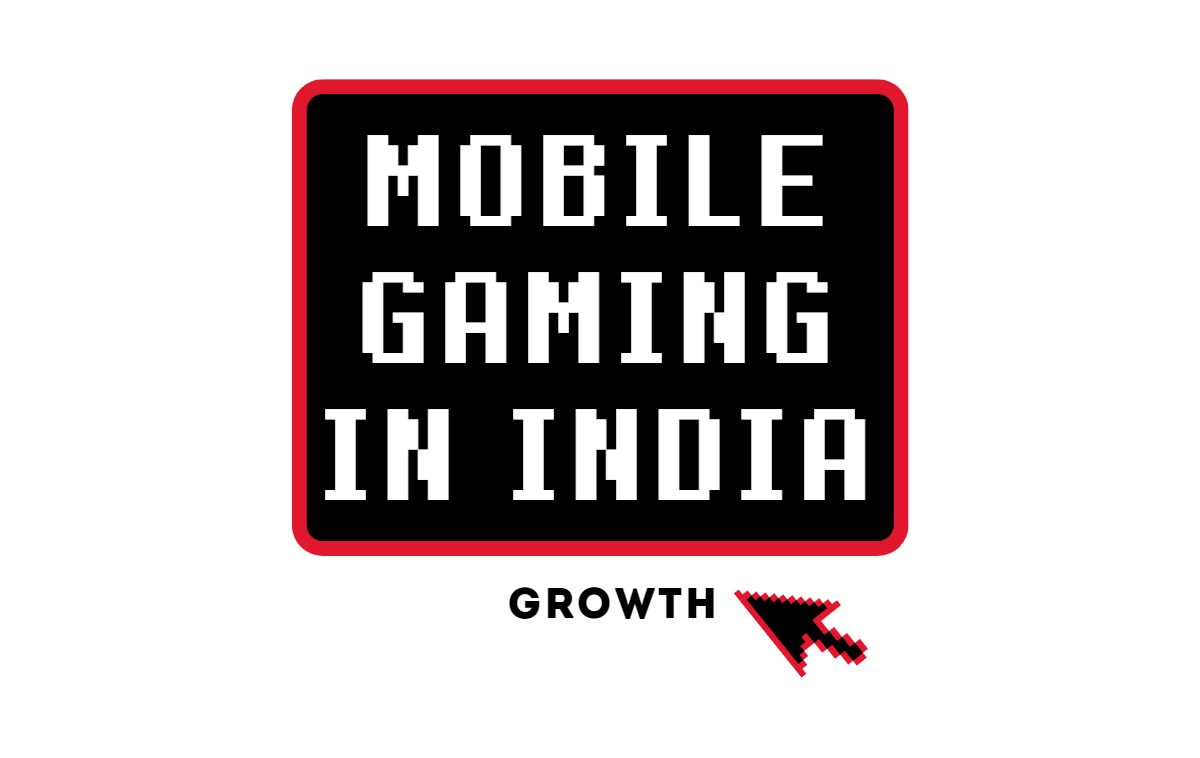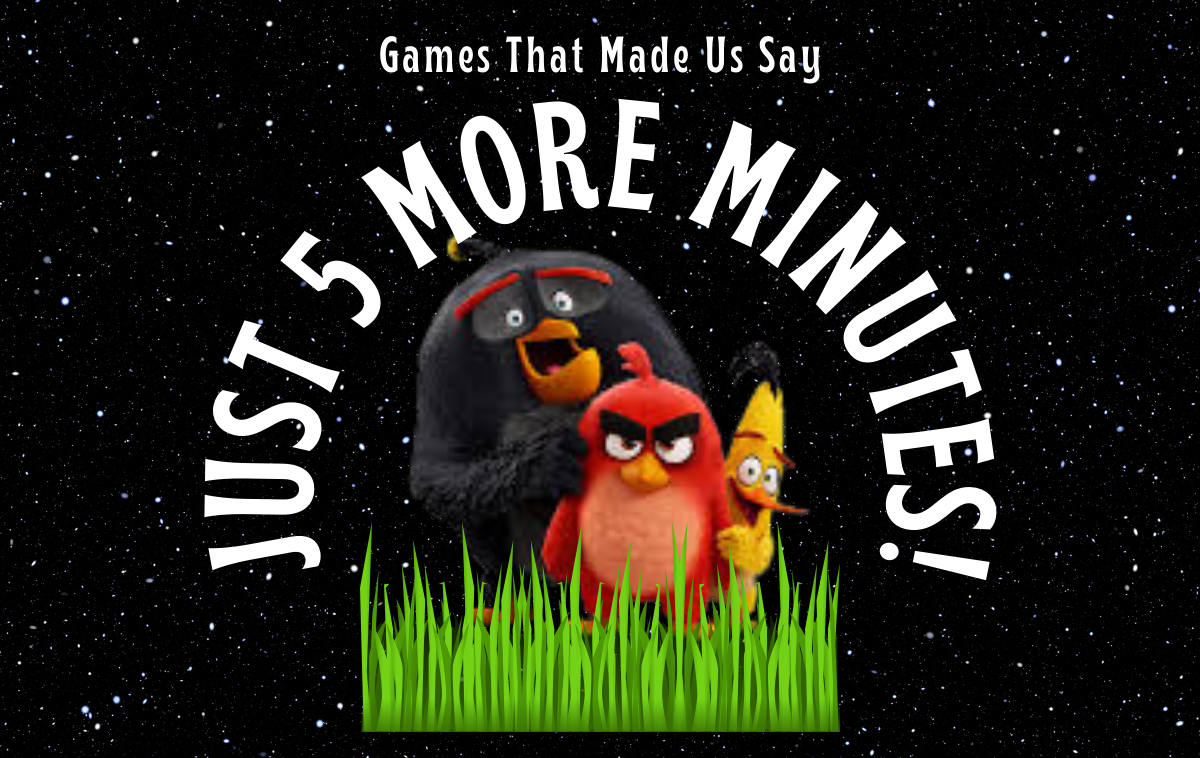The mobile gaming industry has been growing steadily over the years. In 2013, it was estimated that there were around 2 billion people who had a mobile phone or tablet. And now the number of mobile gamers worldwide is expected to reach 3.2 billion by 2023, which means that by 2023 there will be more than 3 billion people using their phones for gaming purposes alone! That’s quite an astonishing statistic when you consider that just 10% of the general population today plays games on a regular, non-casual basis, and when you consider how many people were playing games like Tetris, Mario, and so on in the 1980s, 1990s, and even the first decade of this century.
Multi-billion dollar industry
Google and Apple have already turned the mobile gaming industry into a multi-billion dollar industry. And they are further contributing to the growth of this by constantly introducing newer features and apps, and making it easier for developers to create games, and for people to find games.
Game developers need to be able to create a user interface that is balanced
The user interface of a game is an important part of the experience, as it determines how easy or difficult it is for players to navigate through your game. The user interface of a game serves as a link between players and games, familiarising them with the rules and inspiring them to play right away. The likelihood that a game’s user interface will draw game enthusiasts to make a purchase and turn them into devoted players increases with the game’s level of interactivity, creativity, and immersion. And here, developing a well-balanced UI/UX design that is not too difficult yet not too simplistic is essential for game creation.
To get started with this process, think about what you feel like when using an existing game’s menu system: Do you find yourself getting frustrated because there are so many options and choices? Or do they seem simple enough that even someone who hasn’t played this genre before, or even a new user would understand them right away? This is how you can know whether it’s getting too complicated or not. And you don’t want it to get too complicated because only then you can reach the widest target audience.
For the same purpose, you could consider how much time and space each option uses up, on-screen and even off-screen (off-screen in your or the player’s mind / thought process / experience). And you could also consider if there’s too much text with each option and whether options are actually taking up too much room without being necessary to complete the tasks at hand which you or the player would be required to do in order to play the game and experience further. These are just some ideas you can keep in mind for your menus and user interfaces, etc. when considering whether they look good while still being easy enough to navigate through for players who might not know how things work yet.
Then, since you also need to ensure that it looks sophisticated enough to the user, and not too simple, you could keep the following in mind as well: To make sure that it’s not getting too simplistic, the artwork and graphics constituting the menu buttons and backgrounds, etc. could be made fancier, more detailed and textured, etc. And by making these in this way, you would make the menu and user interface more attractive and good-looking, and marketable too.
The ability of the game developer company to market the game is also very important
The ability to market a mobile game is also very important nowadays in the gaming business. In fact, it can be said that marketing has become one of the most important factors contributing to the overall success of a game. Marketing plays an essential role in attracting players, keeping them interested and engaged throughout their time spent with your product or service. It’s no wonder then that many video game development companies are now focusing on building up their own marketing strategies instead of relying solely on third parties such as publishers or distributors.
There’s no such thing as a single-player game anymore, there are multiplayer games and then there are social games
Even traditional single-player games nowadays have online leaderboards and are found with more and more points of peer connectivity, participation and interaction, which has made gaming itself fundamentally a social activity only, really at its core, especially on mobile devices.
And of course, multiplayer games are more popular than ever, and social games have become widely known as a great way to interact with friends. Many social games have come to earn large amounts of revenue by selling virtual goods and access to special features. They’re generally free to play but can cost money if you want to buy upgrades or features that aren’t included in the game’s basic package.
Social networks like Facebook, Twitter and Instagram were once used mainly for chatting about your day at school or work (and maybe posting some photos), but today they’re much more than that! You’ll find lots of people today constantly playing social games on their mobile phones, and connecting, participating and interacting with other fellow players via text messages, social networking apps, chats, etc. sometimes even while driving!
The gaming industry is a wild and unpredictable place:
The gaming industry is always changing and growing, with several new players entering the market every year, including even many indie game developers. So what is the best way to stay on top of it all – if at all there is really a way? Perhaps – it’s just – that you have to be prepared for anything !!
The gaming industry is indeed a business that is constantly evolving. And with new technologies and trends coming out every day, it’s hard to tell what will happen next.
However, this unpredictability can actually be an advantage for the gaming industry as a whole. Because no matter how many new trends or technologies emerge, there are always going to be gamers who want to play games, for whom the game developers will keep on making better and better games.
For example, now that smartphones have come along and changed everything—with touch screens and motion controls—we’re seeing more opportunities than ever before for developers to create new ways to play old favourites on mobile devices—new ways which would be more intuitive and enjoyable for a new generation of gamers / users. And at the same time, today we also have the technology to integrate the new ways of smartphone-offered gameplay with giant TV / theatre screens and other large-screen displays, which many players (even hundreds) can look at and enjoy altogether at once, just as the older generations would. Thus, the old technology of larger-screen displays has not been rendered totally obsolete, despite the new wave of mobile / smartphone gaming that has taken over the planet. But rather, the old way, when adapted to the new, has in a sense been renewed and enhanced / made better, by being able to integrate the new enjoyable experiences of the new, smartphone-based gameplay.
So, in whatever way technology advances, and the gaming industry evolves, we know that it will only result in more and more opportunities for game developers to make newer and newer, better kinds of gaming products and experiences, with a chance to even renew the old while creating things that are entirely new, indeed, for the best gaming experience of the end-user, finally.
This means that even though we may not know exactly where gaming is heading next, we can still be confident about being able to make products and carry-on our business, essentially based on our expectations for what kind of user-experiences we would need to keep on satisfying and adapting to.
Nevertheless, the ever-changing nature of the industry means that something unexpected could happen at any time. So it’s definitely important to have a plan in place for any situation, especially for when things get crazy; like, when there’s a sudden surge in player activity, or you’ve just learned about a greatly-impactful new technology out there, or, you’ve suddenly stumbled upon a key news-item about one of the latest / upcoming game development companies you’ve been following, etc. Perhaps simply having a game plan for whatever might come next will make all the difference – and keep you better prepared for whatever the future holds …
Conclusion
If you haven’t started playing video games yet, you might do so soon, most likely on your mobile device. Mobile games have the largest market in 2022, with a market value of around US$100 billion (out of a total market size of around US$180 billion). The video game industry is certainly booming and is expected to continue expanding. According to PwC’s Global Entertainment and Media Outlook 2022–26, it is estimated that the expected expansion will increase the value of the global gaming sector to $321 billion by 2026.






2 replies on “Gaming – The Present And The Future”
Hi I loved your blogs keep it up!
Yes it is